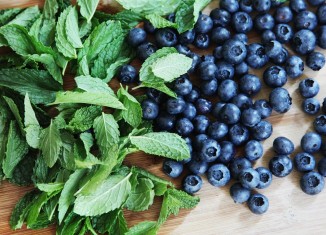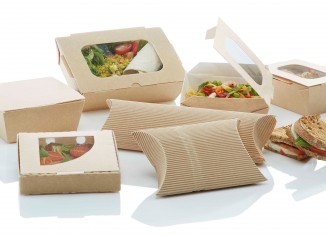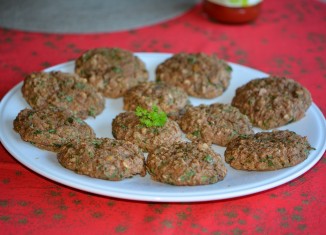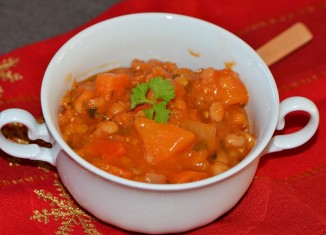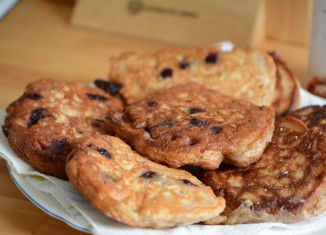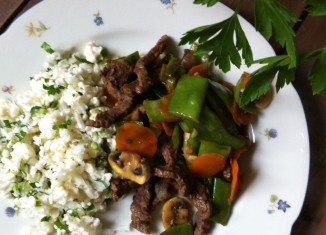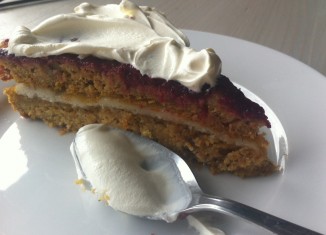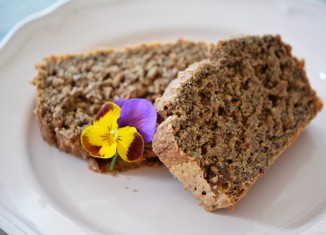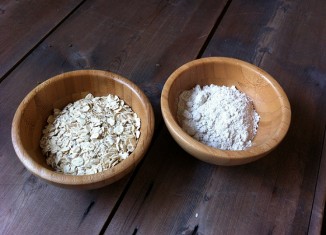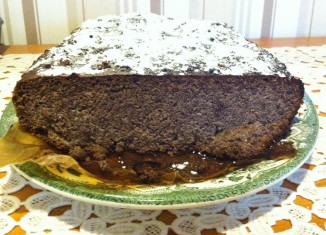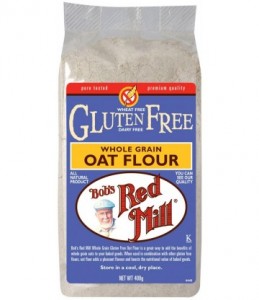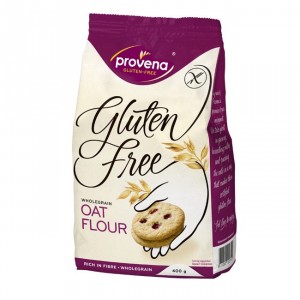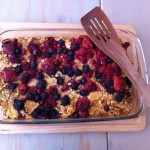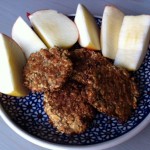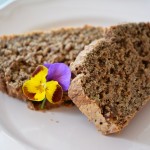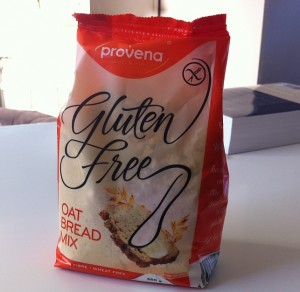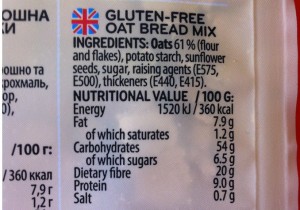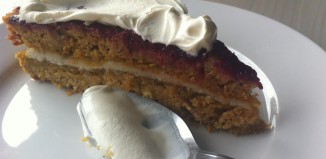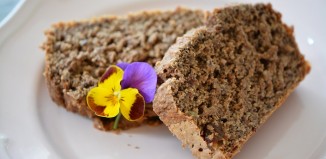Oat is a bit controversial grain in a gluten free diet. Often, oats and wheat are grown on the same fields. Farmers use the same machines to harvest and to transport both grains and thus contaminate the oats with wheat. Flour mills used for grinding oats can’t be used for grains containing gluten. This is why it is important to buy only certified gluten free oats.
But that’s not all. Some people with celiac disease express the same reaction towards the storage protein Avenin in oats as to gluten. Some research suggests that oats are not safe for anyone with gluten intolerance; other studies concluded that oats cause reaction at about 1-20% of people with celiac disease. Unfortunately, there is no consensus (or certainty) in science on this matter which makes us laboratory rats :-/
According to The Canadian Celiac Association adults can consume safely up to 70 g of (gluten free) oats and children up to 25 g per day.
Nutritional facts
- Very good source of manganese, selenium, vitamin B1 (thiamin), magnesium and phosphorus
- The bran and germ of oats remain after hulling process making them rich in fiber
- Contains more soluble fiber than any other grain, resulting in slower digestion, a feeling of satiety and suppression of appetite
- Higher in protein than other grains
- Help stabilize blood sugar, making it easier to keep blood sugar levels in control throughout the day
- One type of soluble fiber in oats, beta-glucans, has been proven to lower cholesterol
- Lowers LDL(“bad”) and total cholesterol possibly reducing the risk of heart disease
- Rich in fat (10%)
- Oats are so-called warming food
- Restores nervous and reproductive systems
- Helps renew the bones and connective tissue
- Reliefs itching and heals/beautifies skin
Gluten free Oat Flours
These are the flours I know of: Bob’s Red Mill, Provena and Piec Przemian.
Baking tips
- 1 cup of oat flour = about 120 grams
- It belongs to whole grains ‘heavy’ flours
- Adds taste to baked products (slightly sweet flavor)
- Adds texture and structure to cookies, bread and other baked products
- Oats gain their flavour after the roasting process which takes place after harvest
- Oat flour contains natural antioxidants which prolong shelf life of bread
- To make your own oat flour, you can simply grind gluten free oat flakes in a kitchen processor
A homemade fresh flour has different taste and acts quite differently when cooked than the shop bought flour. Yeast feeds better on fresh flour and leads to higher fermentation activity. This might influence your recipe but it should only improve it.
- Store it in a tightly sealed container in a cool, dry place (like fridge) or freeze to extend the shelf life. Oat flour goes rancid fairly quickly due to the high fat content.
- Before using, bring it to the room temperature.
- It can be used in all recipes but should be less than 30% of a flour blend (for optimal baking properties)
- Could be substituted by almond flour or quinoa flakes
- Oat flour is supposed to lighten the heavy texture of bran muffins, carrot cake and zucchini bread if you replace 25 % of a gluten free flour blend with oat flour
- It’s absorbent and light, which results in light and fluffy cakes
- You can use slightly more baking powder when you bake with oat flour
- Oat flour used alone in a recipe produces a dense, gummy texture. Mix it with other flours e.g. rice flour.
- I read that a 50% oat/50% rice flour works well in drop cookies* (such as banana, zucchini and pumpkin), wholesome muffins, and quick breads. To lighten the texture you can add 1-2 spoons of tapioca starch or potato starch per each cup of 50-50 flour mix. Half spoon of xanthan gum per cup of flour will make the final product crumble less. Make it 1 spoon for bread and pizza recipes.
*Drop cookies are made from a relatively soft dough that is dropped by spoonfuls onto the baking sheet. During baking, the mounds of dough spread and flatten. No kidding!
Applications (flakes & flour)
- porridge (my recipe for oven-baked porridge)
- cold cereals like muesli and granola
- a variety of baked goods, such as pastry dough, oatcakes, oat-muffins, oatmeal cookies and oat bread (my recipe for oat flakes-cookies)
- oat flakes can be used as a thickener in soups
- in several different drinks – breakfast smoothies or in brewing beer
- oat water (a drink obtained after simmering 1-2 spoons of oats in water for 30-120 min)
- roughly ground flakes can be used as bread crumbs
Click on a picture for a recipe with gluten free oats
Soaking
Ideally, oat flakes should be soaked before cooking/using for 6-8 hours (e.g. overnight). Soaking can make them more digestible and help assimilate all the nutrients. It also reduces boiling time significantly and improves the consistency after boiling.
Where to buy gluten free flours (in NL)
- Online in Albert Heijn (link)
- Webshop Glutenvrijemarkt.com (link)
- Webshop Glutenvrijewebshop (link)
- Webshop Winkelglutenvrij.nl (link)
- Webshop Glutenvrij Le Poole (link)
- EkoPlaza
- De Tuinen
- Other Gluten free shops/Special assortment shops
- If you know other place, pls comment below.
An oat-based product in a spotlight
Gluten free oat bread mix from Provena
If you have some tips & tricks on how to use oat flour, please share/comment. Perhaps you want to share your recipe with oat flour/flakes? Feel free to drop a link!
Cheers,
Kati xxx






